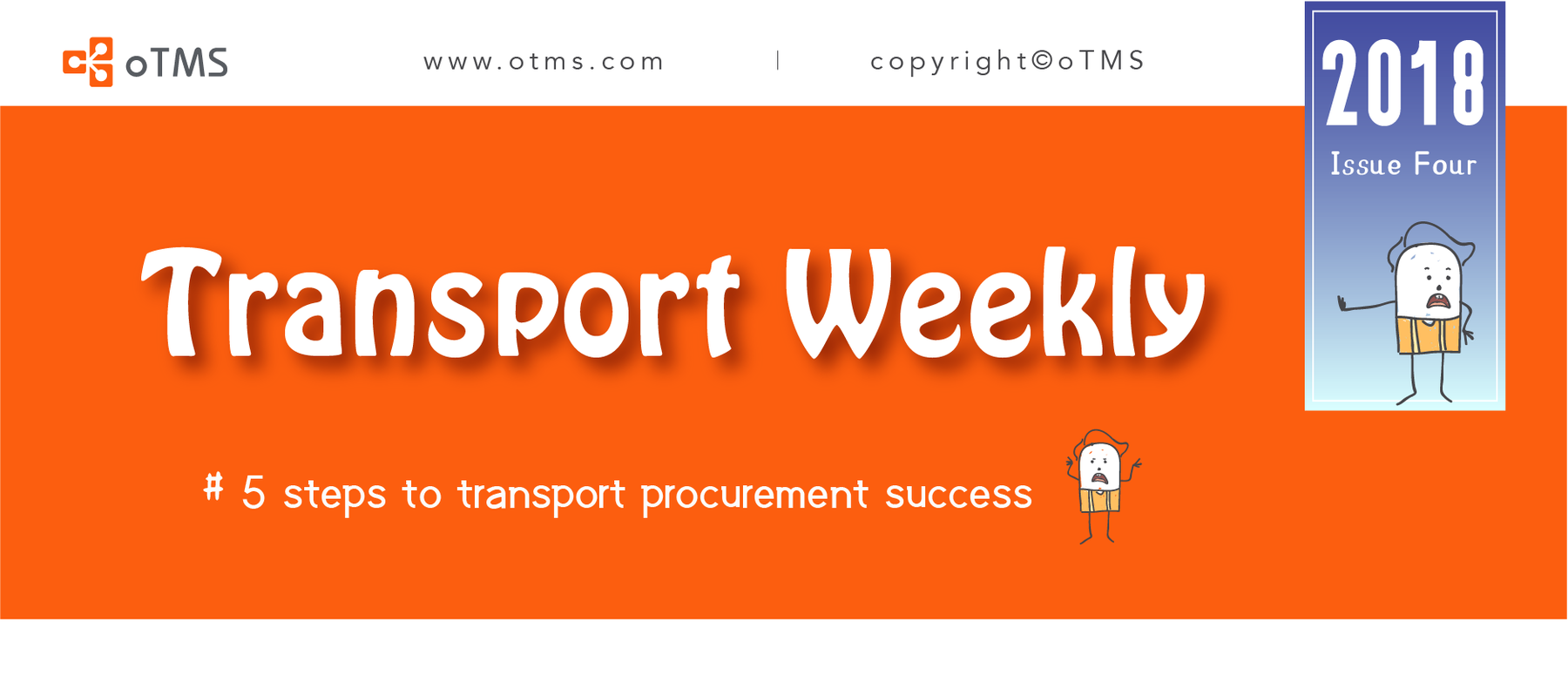Transport Weekly | Veteran’s 5 step guide to sucessful transport procurement
 Page views: 2,015 times
Page views: 2,015 times

Many procurement and transport professionals struggle with developing and maintaining competitive carrier mix that can serve their fast-evolving delivery needs, especially in the market like China. Traditionally many manufacturers and retailers relied on small number of trusted logistics providers to outsource their whole transport, who worked on exclusive de-facto multi-year contracts in exchange for the convenience.
In such circumstances annual, lengthy procurement process with phases of sourcing, screening, bidding, analysis and final negotiation of rates served largely as benchmarking exercise to meet corporate policy and savings targets. These targets were often achieved only in theory, with complex XLS simulations showing potential savings while in practice cost often remained same or increased through monthly billing with various ad-hoc fees in another set of unrelated XLS. Logistics and procurement could fool each other into believing targets are met.
Things have changed, for several reasons. E-commerce and new retail push shippers to adopt faster and often more expensive delivery channels, as order sizes are decreasing while geographical coverage and frequency increases. China parcel delivery segment is developing fast with very competitive service offerings from both established and new players (like o2o/food delivery) emerging every day. In such situation using fixed trucking and 3PL companies on lengthy annual contracts is simply a negligence and leaving lot of money on the table, especially as shippers face declining growth rates and intense price competition. Trucking market is also evolving fast, with many new entrants eager to subsidize the business growth on one hand and raising trucking/driver costs on the other.
Tools like oTMS and Freight Partner reduce the risk to try new carriers and increase the ease and convenience of such change – by higher end to end transparency of both cost and service levels. When you source new carriers you can check their track record on oTMS with similar shippers, you can access some of their public rates, you can run “what-if” cost simulation and you can run actual bidding where the winning rates can become automatically rates used for actual billing and payment.
Most importantly, through technology though you can adopt some of the best practices of dynamic carrier pool management and switch the volume between carriers depending on actual service levels, actual cost and dynamic discounts offered by carriers, without a need of running a costly & risky annual RFQ (Request for Quotation). RFQ on Freight Partner is used to source and qualify sufficient number of carriers to use your pool and to set maximum cost budgets in compliance with your compliance policies. Transport is a service industry and it can’t be simply procured on the rate alone, let carriers service speak for themselves – which can only be achieved by deploying technology like oTMS to generate real execution data as a basis for management decisions incl. carrier business allocation.









